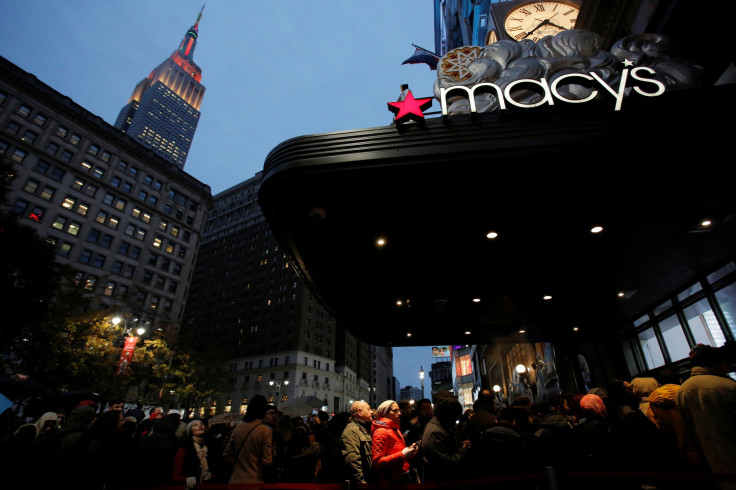Store Closings 2017: Who Benefits When Major Retailers Shutter Stores?

The past several months have been brutal for mass retailers. Brands like Macy’s and Kmart were forced to shutter hundreds of locations while retailers like Wet Seal and the Limited closed all their stores. Yet, recent data reveals there's actually hope for major retailers with stores to spare — both to cement existing relationships with longtime shoppers and welcome a new category of shopper looking to benefit from closing sales.
Foursquare, a location intelligence company and purveyor of location-based apps and services like Foursquare City Guide and Foursquare Swarm, released a report Tuesday that analyzed foot traffic as it applied to such retailers — namely, Macy’s and Kmart — announcing closures. While some might consider store closures a death knell, Foursquare’s findings unearthed information that there was, in fact, opportunity for such retailers.
Foursquare looked at foot traffic trends of more than 50 million monthly Foursquare City and Foursquare Swarm users around the globe. Check-ins and “passive visits” from these apps were taken into account. The retail chains with the most notable changes in foot traffic patterns were documented in the analysis.
Macy’s (which shuttered some 68 locations this year) and Kmart (whose parent company Sears Holdings Corporation has closed about 108 Kmart stores since Dec. 27) were examined, specifically, because of the available retail data.
“Macy’s and Kmart were fabulous examples not only because they have store closures happening in 2017 but because they had store closures that happened in 2016,” Foursquare editor-at-large Sarah Spagnolo told International Business Times in a phone interview. “We were able to use the store closures from last year as case study to understand what we might be able to see in the retail industry happening later this year.”
The Foursquare findings revealed three major key insights.
The first insight was that millennial shoppers comprised the majority of those who stopped by one of these big stores (in this case, Kmart and Macy’s) for the closing sale. In total, all shoppers were divided into two groups based on their shopping patterns — typical shoppers and opportunists. The opportunists were those who had not visited a closing store in more than six months prior to a closure announcement but who did stop by the stores to take advantage of closing sales. Typical shoppers were people who had shopped at each of the retailer’s closing stores at least once in the past six months before the closing announcement.
Opportunist shoppers at Macy’s were made up of 8 percent more millennials than the typical shopper group. Similarly, Kmart opportunist shoppers numbered 10 percent more millennials than typical shoppers.
The second major finding was that despite major store closures, these stores could have the potential to gain new shoppers and could be more likely to retain loyal customers. Following Macy’s store closures, for example, store locations in the U.S. that remained open saw a 36 percent boost in “market share.” (Market share in the analysis was defined as "a portion of visits for a specific retailer versus all visits to top competitive national big-box or department store locations"). New shoppers came in the form of the opportunists.
Loyal Kmart shoppers, on average, were also willing to travel about 4.3 miles further to visit the next closest location.
Finally, the third finding revealed which competing mass retailers actually benefited. T.J. Maxx experienced a 47 percent increase in its market share post-Kmart closures while Walmart experienced an 8 percent increase.
“These two brands walked away from the Kmart closures in the strongest position to further conquer Kmart shoppers,” the analysis stated. In short, the retailers would do well to consider competitors' closing sales and how they could affect business.
© Copyright IBTimes 2024. All rights reserved.






















